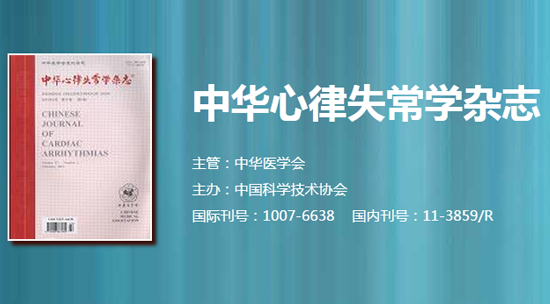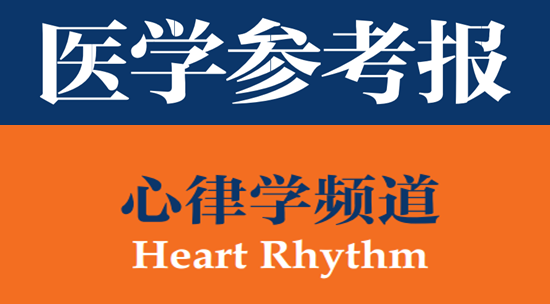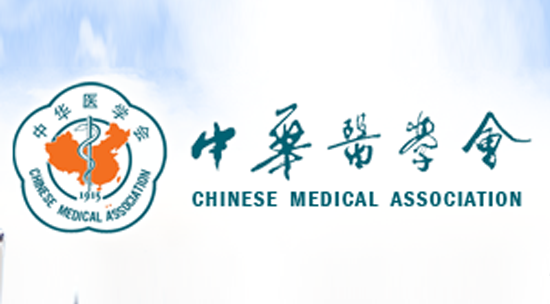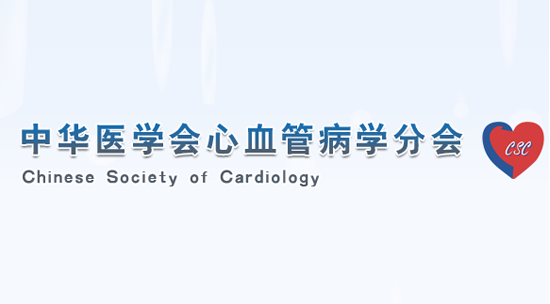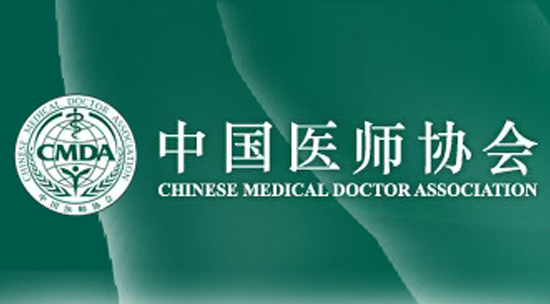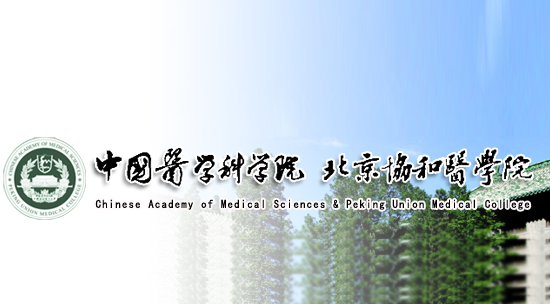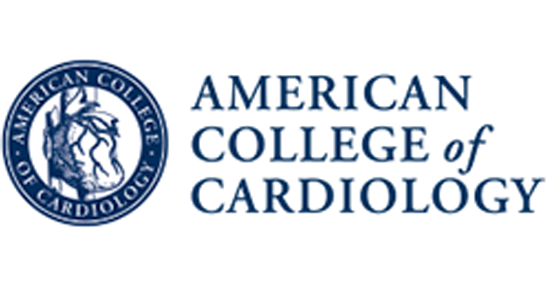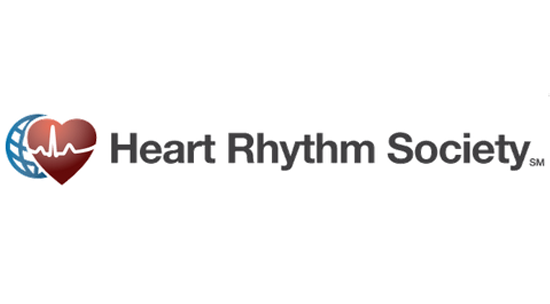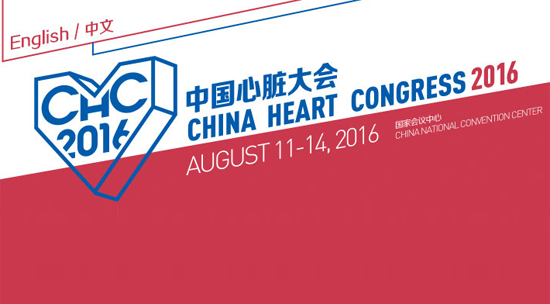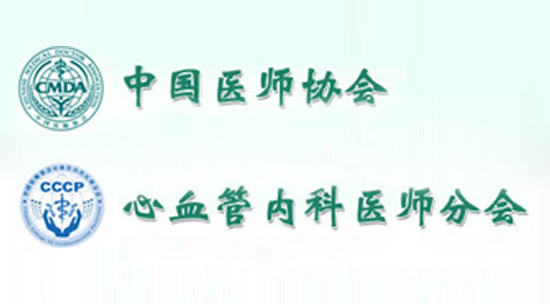Heart Rhythm主编—陈鹏生教授语音速递(一月刊 英文版)
<< First issue in Jan 2019 >>
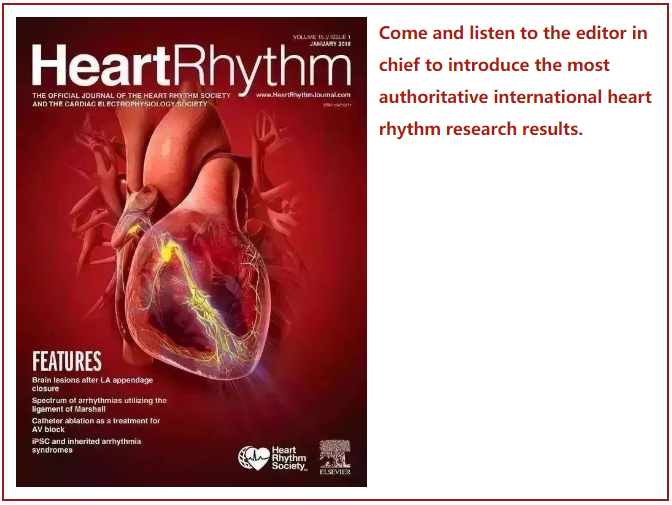
The featured article this month is titled, “CHA2DS2-VASc and the Intermountain Mortality Risk Scores for Joint Risk Stratification of Dementia among Atrial Fibrillation Patients” by Bunch et al., from Intermountain Medical Center, Utah. An accompanying video author interview conducted by our online editor, Dr. Daniel Morin, can be found at the www.heartrhythmjournal.com website. The Intermountain Mortality Risk Score (IMRS) is a dynamic measurement of systemic health comprised of commonly performed blood tests. The authors studied 34 thousand female and 39 thousand male AF patients with no history of dementia. CHA2DS2-VASc scores were assessed at the time of AF. Patients were further stratified by IMRS categories of: low, moderate, and high risk. The authors found that both CHA2DS2-VASc and IMRS were independently associated with dementia incidence among AF patients. IMRS further stratified dementia risk among CHA2DS2-VASc strata, particularly in those with lower CHA2DS2-VASc scores. These findings may lead to better prediction and prevention of dementia in patients with atrial fibrillation.
2
In this issue of the journal we have also published 4 device-related articles. Ellis et al. from Vanderbilt University wrote an article titled “Feasibility Of Left Atrial Appendage Device Closure Following Chronically Failed Surgical Ligation”. The authors found that Watchman LAA closure appears feasible in patients with chronically incomplete surgical LAA occlusion. Because incomplete surgical ligation confers an increased stroke risk, the successful Watchman closure of the LAA after failed surgical procedures might be clinically important to prevent stroke in those patients.
3
The next article is titled “Leadless pacemaker implantation after explantation of infected conventional pacemaker systems” by Beurskens et al. from University of Amsterdam. The authors found that early and late leadless pacemaker placement after infected conventional pacing system explantation is a viable option. This therapy may provide an alternative strategy in the management of device infection, particularly for patients who are pacemaker dependent or have a history of recurrent device infections.
4
A third device article is titled “Defibrillation testing and clinical outcomes after implantable cardioverter–defibrillator implantation in patients in atrial fibrillation at the time of implant: An analysis from the SIMPLE trial.” While there is no evidence that defibrillation testing increased the occurrence of perioperative stroke, it failed to improve the outcomes. The authors propose that defibrillation threshold testing should not be performed in patients with AF.
5
A fourth device article is titled “Incidence, patterns, and outcomes after transvenous cardiac device lead macrodislodgment: Insights from a population-based study” by Tseng et al. from Mayo Clinic, Arizona. The median time to diagnosis was one month. The risk factors include female sex and obesity, which are consistent with previous reports. The authors identified several different mechanisms that are responsible for lead dislodgement. This study provides important insights into macroscopic lead dislodgment, although it is limited by the retrospective study design.
6
The remaining articles relate to ablation and electrophysiology. The first one is titled “Structural remodeling and conduction velocity dynamics in the human left atrium,”written by Honarbakhsh et al. from Barts Heart Centre, United Kingdom. The authors found that sites of rate-dependent conduction velocity slowing are predominantly confined to low voltage zones. The resultant conduction velocity heterogeneity may promote driver formation in AF. Conduction velocity restitution is an important factor that determines wavebreaks. These findings provide new insights into the reentrant mechanisms sustaining atrial fibrillation.
7
Next up is a paper titled “Identification of paroxysmal atrial fibrillation subtypes in over 13,000 individuals” by Wineinger et al. from The Scripps Research Institute, San Diego. The authors conclude that there are two subtypes of paroxysmal AF. One they called staccato and the other legato. These subtypes may result from differing elements of pathophysiology and disease progression, and may confer differing stroke risks. It is also possible that these two subtypes have different mechanisms that require different therapies.
8
Alnsasra et al. from Soroka University Medical Center, Israel, wrote the following article titled, “Net clinical benefit of anticoagulant treatments in elderly patients with nonvalvular atrial fibrillation: Experience from the real world.” The authors found that the net clinical benefit of oral anticoagulation in the elderly is positive, with the highest benefit in elderly patients treated with warfarin who achieved therapeutic range of at least 60% of time, or received high-dose direct oral anticoagulants. Because the benefits significantly outweigh the risks, oral anticoagulants should not be withheld from elderly patients.
9
The next paper is titled “Silent cerebral events/lesions after second-generation cryoballoon ablation: How can we reduce the risk of silent strokes?” written by Miyazaki et al from Fukui University, Japan. The authors conclude that a significant number of silent cerebral events and lesions were observed after second-generation cryoballoon ablation procedures. These results suggest that air embolisms are the main mechanism of these events, and the injected air volume might determine the lesion type. This article is accompanied by another article titled “Techniques for reducing air bubble intrusion into the left atrium during radiofrequency catheter and cryoballoon ablation procedures: An ex vivo study with a high-resolution camera”, written by Takami et al. from Osaka Saiseikai Nakatsu Hospital, Japan. The authors conclude that air bubbles enter the LA at specific times during ablation procedures. Techniques such as sheath flushing at slow speeds, temporary cryoballoon inflation before insertion, inserting the Optima catheter without an inserter, and avoidance of negative pressure in the LA could reduce air bubble intrusion.
10
Yang et al. from Cardiovascular Medical Center of Jiangsu, China, wrote the next article titled “An alternative under-valve approach to ablate right-sided accessory pathways”. The authors conclude that radiofrequency ablation under the tricuspid valve to eliminate right-sided accessory pathways is possible because of the ability to achieve stable contact and accurate ablation of the ventricular insertion site. It provides an alternative approach to tough right-sided accessory pathway ablation. Historically, right-sided accessory pathway ablation is associated with a high failure rate. This alternative approach may be useful in difficult cases.
11
Next up is an article titled “What have we learned in the last 20 years? A comparison of a modern era pediatric and congenital catheter ablation registry to previous pediatric ablation registries”. The paper was written by Dubin et al. from Stanford University. The authors conclude that acute success rates and fluoroscopy and procedural times in pediatric ablation all have improved over the last 25 years. These registries play an important role in monitoring quality of care, while also highlighting important trends in the evolution of practice over time. Limitations of this registry study is that participation was voluntary, and that it is difficult to obtain complete long term follow up in these patients.
12
Next up is a paper titled “Dynamicity of hypothermia-induced J waves and the mechanism” by Aizawa et al., Niigata University, Japan. The authors conclude that J waves in severe hypothermia were augmented after short RR intervals in 7 patients as expected for depolarization abnormality, whereas 2 patients showed a bradycardia-dependent augmentation, as expected for transient outward current-mediated J waves. There is an ongoing debate on the mechanisms of J wave syndrome. This paper indicates that both depolarization and repolarization abnormalities may play important roles in the mechanisms of J wave elevation during hypothermia.
13
Piccini et al. from Duke University wrote the next article titled “Adaptive servo-ventilation reduces atrial fibrillation burden in patients with heart failure and sleep apnea.” This study provides a proof-of-concept that treatment of sleep apnea with adaptive servo-ventilation leads to reduction in AF burden compared with optimal medical therapy alone, without an increase in VT/VF events. Because obstructive sleep apnea is a very prevalent disease in the general population, these results could have very large public health implications.
14
Next up is “Supraventricular tachycardias, conduction disease, and cardiomyopathy in 3 families with the same rare variant in TNNI3K” by Podliesna et al. from Academic Medical Center, Amsterdam. The authors conclude that this study corroborates further the causal link between rare genetic variation in TNNI3K and this distinct complex phenotype, and points to enhanced kinase activity of TNNI3K as the underlying pathobiological mechanism. The TNNI3K was localized to sarcomeric Z discs and was shown to interact directly with the thin filament protein troponin I. This gene may be a novel target for potential therapeutic interventions for cardiomyopathy and arrhythmias.
15
The next article is titled “Chronic in vivo angiotensin II administration differentially modulates the slow delayed rectifier channels in atrial and ventricular myocytes” by Zankov et al. from Virginia Commonwealth University. The authors conclude that IKs is differentially modulated by chronic in vivo angiotensin II administration between atrial and ventricular myocytes. Other currents remodeled by angiotensin II treatment also contribute to changes in action potentials. These remodeling changes may play a role in the proarrhythmic effects of increased angiotensin II.
16
Assis et al. from Johns Hopkins University wrote the next article titled “Minimally invasive transtracheal cardiac plexus block for sympathetic neuromodulation.”The authors studied 12 Yorkshire pigs. They conclude that minimally invasive transtracheal injection of lidocaine into the cardiac plexus blocked the sympathetic response of both right and left stellate ganglia. This procedure may extend the benefits of cardiac sympathectomy denervation to those not suitable for surgery.
I hope you enjoyed this podcast. For Heart Rhythm, I’m Editor-In-Chief, Dr. Peng-Sheng Chen.
